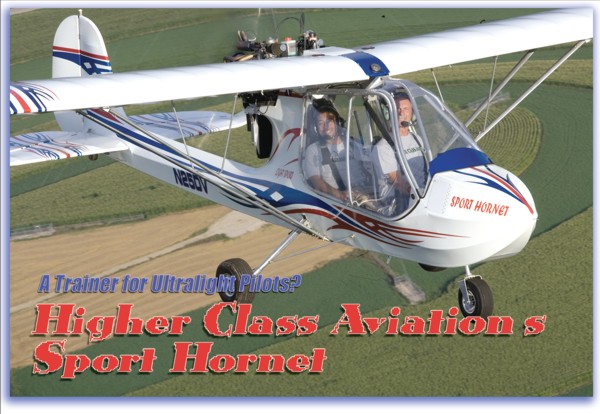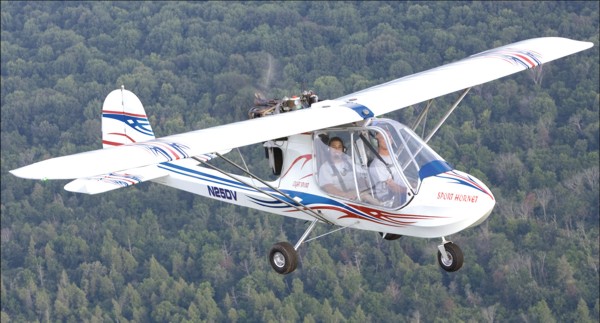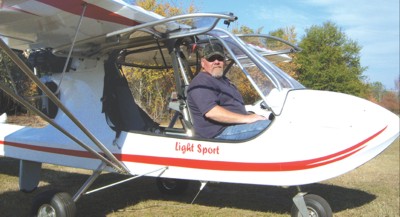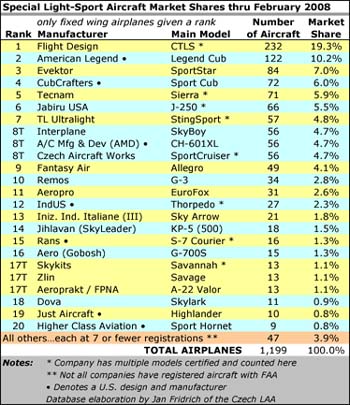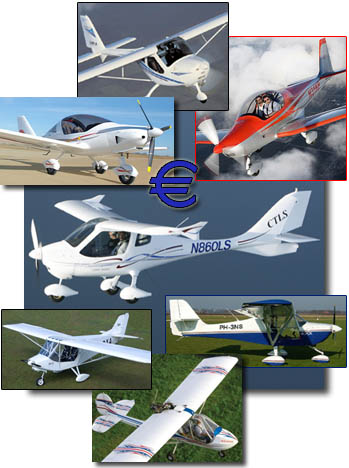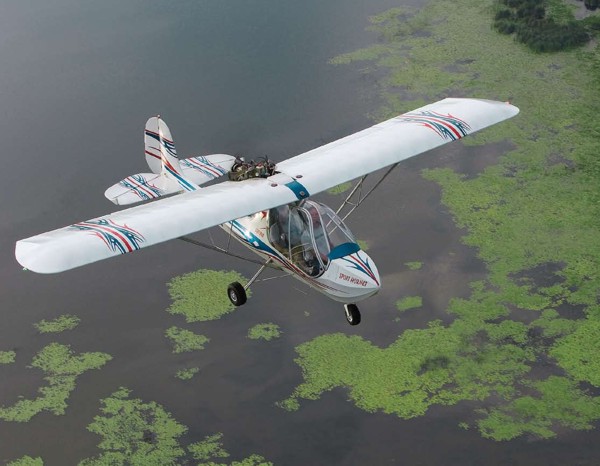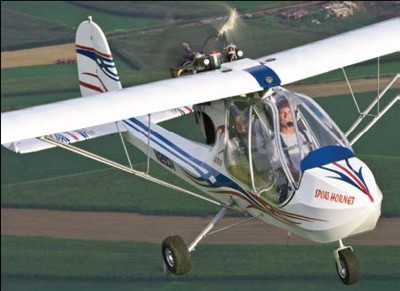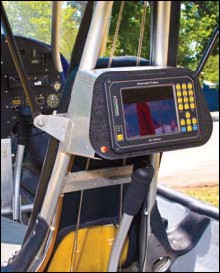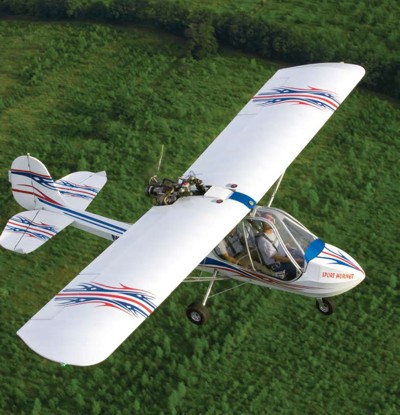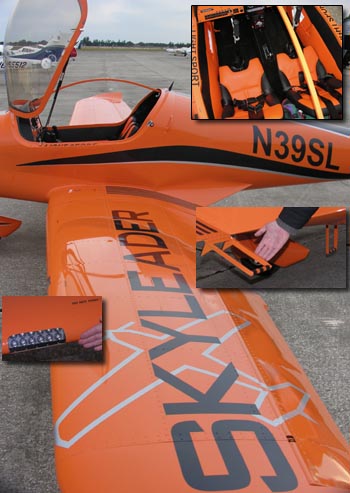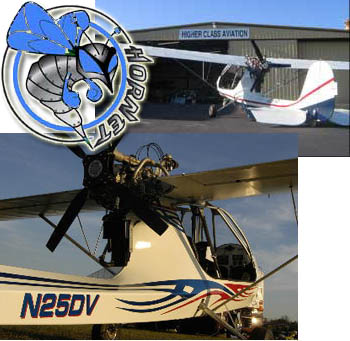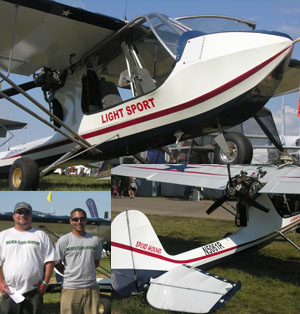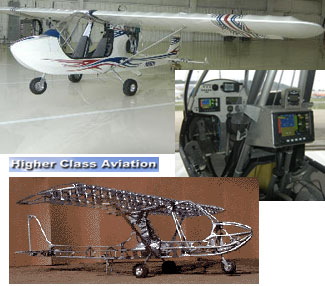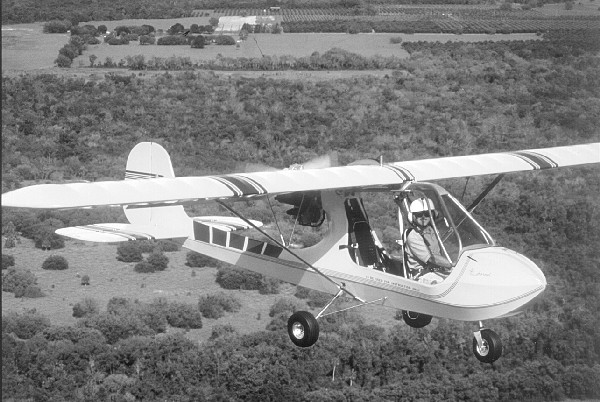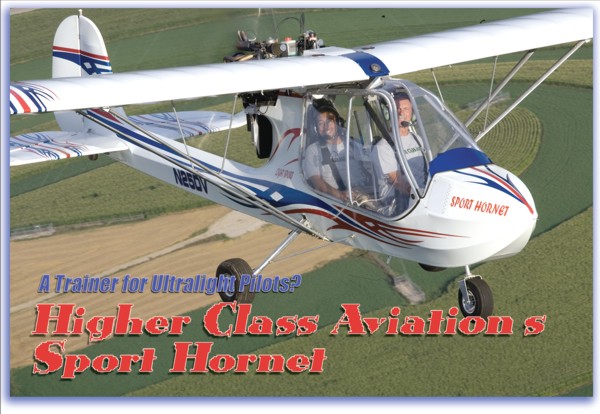
At the close of business on January 31, 2008, 2-seat ultralight trainers and overweight single-seater “ultralights” – as readers of this publication understand these aircraft – will cease to exist. More correctly, they must have been converted to Experimental-Light Sport Aircraft (ELSA) if their owners want to continue flying them; otherwise these pilots’ options are sharply limited. But as Part 103-compliant ultralights continue and if ultralight trainers go away, how will new ultralight pilots be trained for flight in these lightest of aircraft? Happily, the subject of this month’s flight review answers that question. Arguably the first fixed-wing ultralight to make the jump – not to ELSA conversion status but to full, Special-LSA (SLSA) approval – is Higher Class Aviation’s Sport Hornet. Gaining Higher Class We first saw the Hornet when Jim Millett brought this new design to Sun ‘n Fun ’94 (the event’s 20th anniversary). It was a bold move into a market looking well established.


